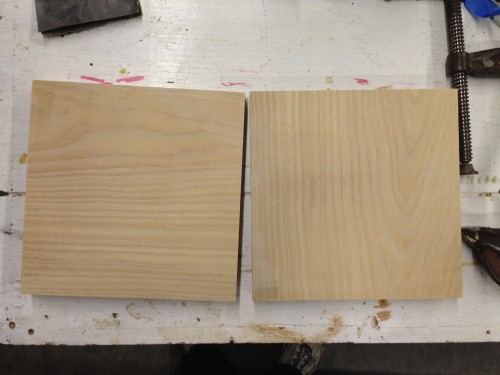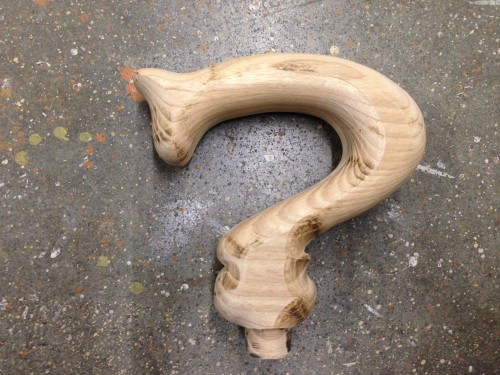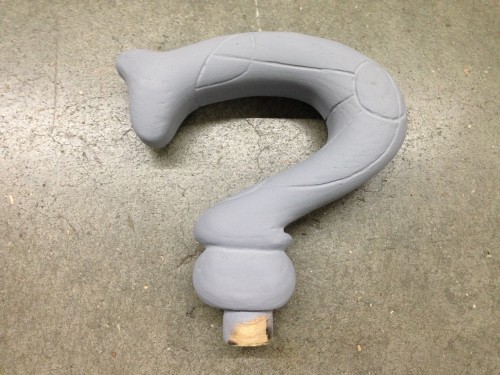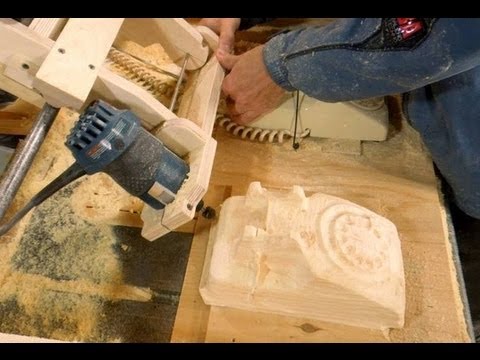Last spring, I was approached by a local pastor for a project. He walked with a cane, and he had found a sword cane he liked, but the handle had broken off. He wanted to know if I could make him a new one.
He was a dedicated Doctor Who fan, and wanted a handle in the shape of a question mark. He also wanted his name inscribed in Gallifreyan on it, and painted in Midnight Metallic Blue to match his Doctor Who-themed automobile.
I put together a video highlighting my whole process from start to finish.
I made the handle out of some of the ash I had left over from my Game of Thrones chest. This handle would need to be strong and hold a lot of weight. The shape of the question mark made me concerned that parts of it would split no matter which way I positioned the grain. I decided to laminate two thinner pieces together with the grains running perpendicular to each other.

As you can see in the video, the shape was cut out with a jigsaw and cleaned up with a belt sander and oscillating spindle sander. I then ran it through the router table with a large round-over bit.

A Dremel and a file helped clean up and refine the shape. If you are wondering about that strange file in the video, it is a Japanese saw file. I had just gotten it and this was my first project to use it on. It rasps like butter and is easy to keep unclogged.
He wanted his name carved in Gallifreyan. Gallifrey is Doctor Who’s home planet, and the language uses a series of interlocking circles and lines to write words. I found an online Gallifreyan transliterator and plugged his name in. I adapted the result to fit the shape of the handle, and mirrored it so it was the same on both sides.

It took a few coats of filler primer and a lot of sanding to get it smooth and shiny. The last pass was a wet sanding with 600 grit sandpaper. Then I sprayed a few light coats of the Midnight Metallic Blue paint which I had ordered from an automotive paint supplier. The paint also came with its own urethane clear coat, which I applied when everything was dry.

I threaded the end onto the sword part of the cane and glued it together with epoxy. He loved the final piece. So the next time you see a preacher in the woods fighting off snakes with his Doctor Who sword cane, you know where he got it from.



